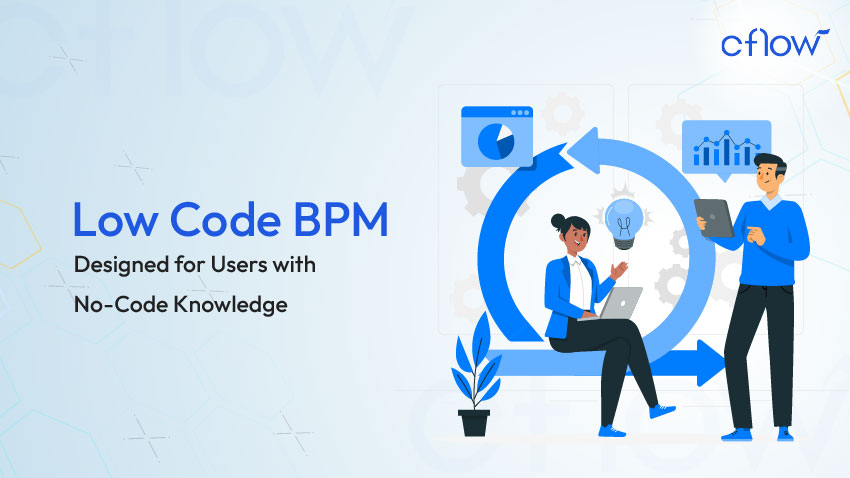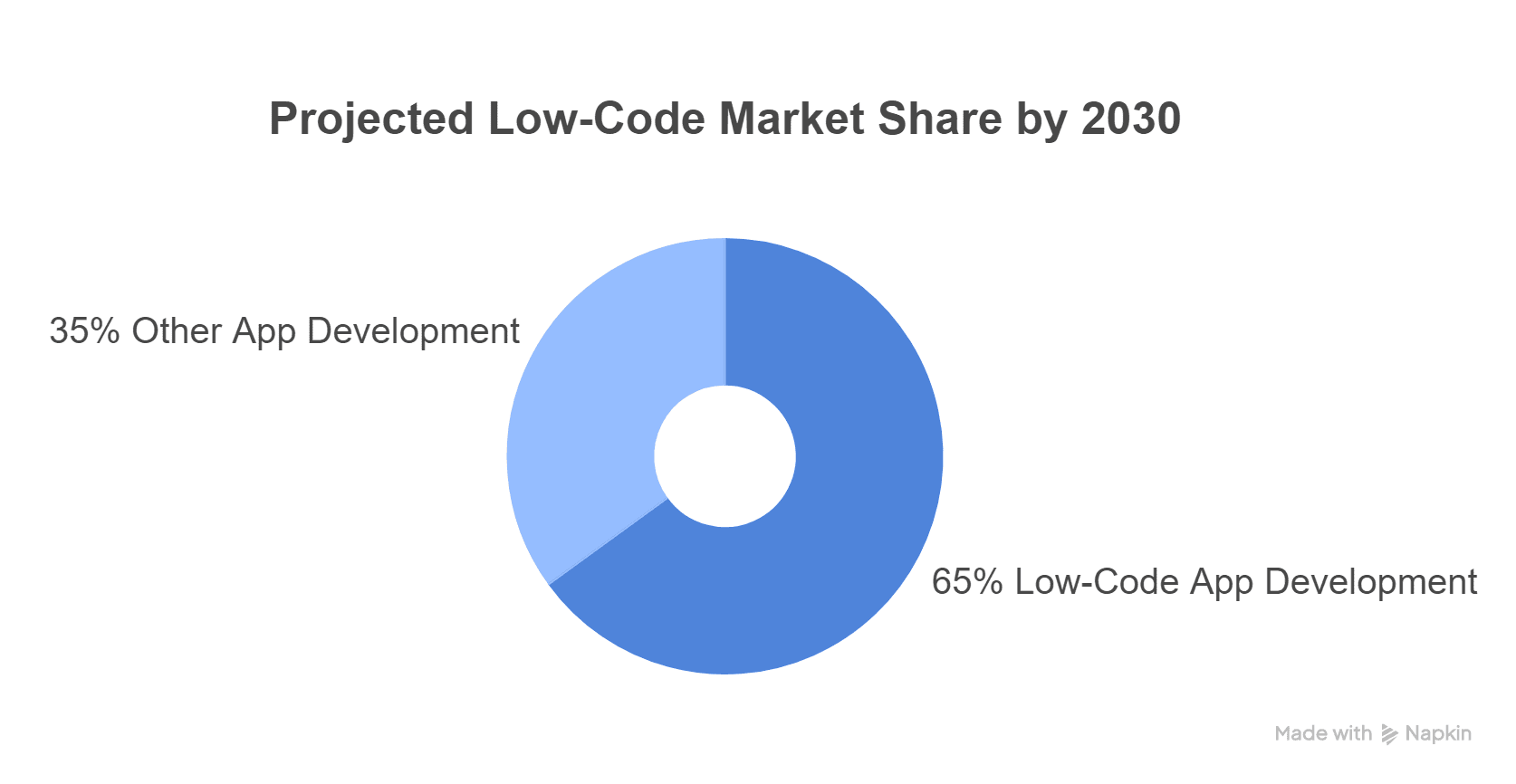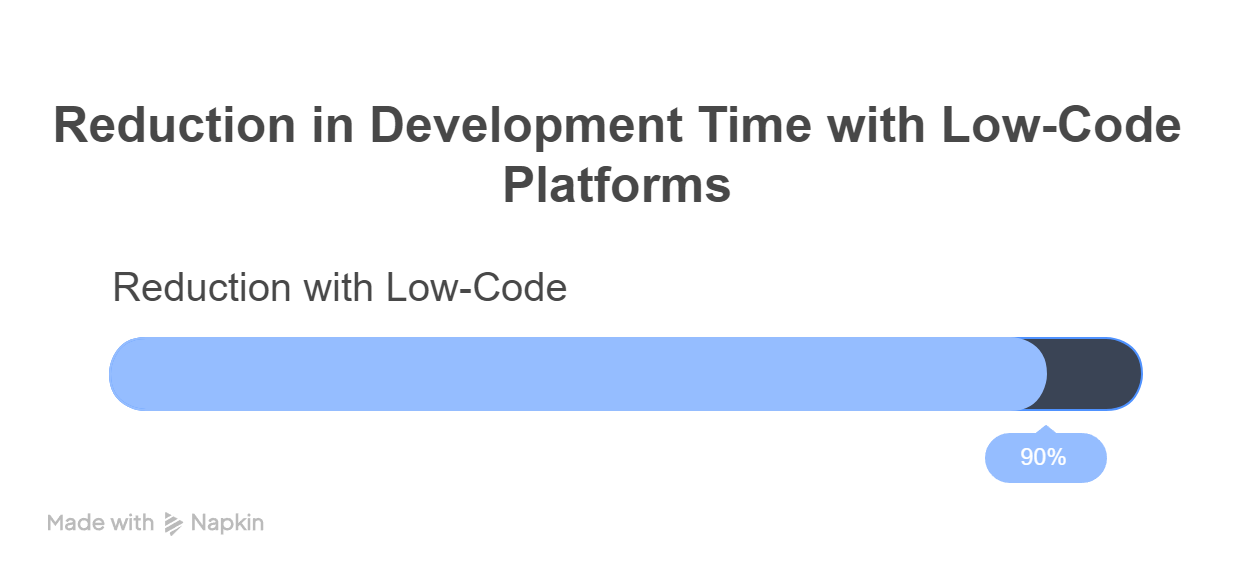Empower Your Employees Low Code BPM to Enhance Workflow

Key takeaways
Low-code BPM empowers non-developers across teams like HR, finance, and operations to build and automate workflows without coding skills.
It uses a drag-and-drop visual interface and prebuilt templates to simplify business process management and improve operational efficiency.
Core features like third-party integrations, document management, and workflow customisation ensure flexibility and standardisation across business processes.
Low-code platforms reduce training time and implementation costs, enabling quick adoption without IT dependency.
Tools like Cflow offer compliance support, access control, and visual automation, making them ideal for streamlining daily operations in growing businesses.
The term Low Code BPM might sound enigmatic at first, but when you look deeper, it’s easy to understand. An organisation comprises employees from different teams, like HR, finance, engineering, operations, and vendors. While every last one of them is important for the efficient functioning of your small business or startup, it is a known fact that not all of them are developers or experts at coding. That’s when a Low-code BPM becomes essential for you.
Streamlining workflow is the first step towards integrating a paperless environment where every document is available on the cloud and permissions are granted through workflow software. Your employees may not know how to code or how to customise software using code. The Zero Code BPM program eliminates the need for coding knowledge with a visual UI builder.
Your workforce will be able to easily make use of the ready-made templates available and even create new ones, as it supports drag-and-drop features.
What is a Low-code BPM?
The low-code platforms are software used for optimising an organisation’s Business Process Management strategies. These are developed using low-code development, a software development method using which software is developed using minimal code. Hence, addressed as low-code development. A low-code BPM can offer more flexibility and standardisation to all the business operations in an organisation.
By 2030, integrating AI into low-code platforms is projected to drive more than $50 billion in efficiency gains for enterprises.
When low-code BPM software is implemented into an organisation’s system, all the business processes are made simpler with just a drag-and-drop action involving a simple and minimal usage of manual coding. Some important pointers to know about low-code are as follows:
- Using a low-code software tool promises the users complete control over the business processes and also an environment where solutions can be built using this visual interface.
- Low-code software is the best choice for building apps and automating different business processes and workflows.
- Additionally, low-code software comes with the feature of integrating with other external applications, thus enhancing the viability of the operations.
Crucial Features in a BPM Low-Code Platform
When organisations are looking for a low-code BPM platform, three factors have to be prioritised to elevate the performance of the business processes. These parameters are as follows:
Integrations
When integration is not offered by a low-code BPM software the performance results in data silos and inefficient processes. Third-party application integration is highly crucial for consistent and error-free processes. It must also support API endpoints that would make the integration possible.
Drag-and-drop Usability
It is essential to understand the built-in modules in a low-code platform. The navigation within the tool is easier, making it simpler for Line of Business users who have minimal knowledge of coding. The simple drag-and-drop functionality can make the utility simple for the users.
Electronic Document Management
A low-code BPM platform replaces the use of paper-based documents. It offers the solution of electronic document management, where electronic documents can be maintained and stored on the cloud. This way, the users have streamlined processes with secured data access through cloud storage. The BPM software provides a simple automation that matches the right documents with the right process.
Here are the Top 6 Reasons Why Low-Code BPM is Essential for Your Business.
1. No-Code Facilitates Easier Implementation
Implementing a no-code program is much easier because it will not intimidate your employees as software-based real-time coding would.
Even the lowest requirement to code will prevent a lot of people from getting on board willingly. The attitude, in turn, will affect your business productivity, and it will become impossible to implement workflow automation in your office environment.
Low-code business process management makes it possible and will encourage all your employees to adopt it without any hesitation.
By 2030, the low-code market is expected to generate $187B in revenue, powering over 65% of all app development. The future is being built without code, and it’s closer than you think.

2. Time Efficient with No Training Phase
There is no need to spend time training your workforce on different aspects of a no-code business process software.
The entire system is based on a visual user interface with simple instructions. All they have to do is fill up the predefined columns when requesting leaves, invoices to be approved, and files to be verified by the senior management. An employee can upload a document, and it will automatically be forwarded to his or her respective manager for approval. The convenience of not having dedicated training hours for your people is something that you will appreciate when the software is implemented in a matter of hours and is used by every team.
Businesses can reduce development time by up to 90% with low-code platforms.

3. Simplest Way to Create New Templates
The Low Code BPM does come with a large collection of widely used templates for the HR department, the finance people, and operations. It also includes leave request and approval templates, but there are always specific business requirements.
When your employee has a specific requirement, they don’t have to seek help from the development team. They can instantly create new templates based on their requirement and encourage their teammates to start using them. Being a no-code application, it’s easier to create new business-specific workflow modules that you can immediately start using.
4. Lower Operating Costs
Most businesses are put in a dilemma where they have to choose to buy or build process improvement applications. Leveraging a low-code BPM software allows lower operating costs compared to a manually operated setup or building an application. Users have the option to test and rule out any upgrades in the application based on operating costs. This allows users to monitor and control tech sprawl and receive upgrades via a single platform.
End-to-end workflow automation
Build fully-customizable, no code process workflows in a jiffy.
5. Greater Standardisation Across Processes
Achieving standardisation across all business operations is not an easy task, where efficiency and consistency have to be simultaneously taken care of. This is where a low-code BPM stands out. The striking quality of low-code software is that it is user-friendly and can be customised to the needs of every department. This way, standardisation is made simpler and accommodating new upgrades is also made seamless and can be easily rolled out.
6. Better Compliance and Risk Management
This type of software development is effective, especially in the case of catering to the changing regulations and end customer expectations. In such an environment, this approach supports modifications that can be effortlessly made to the changing requirements. How is this done? Here is how:
- By streamlining and optimising business processes by adhering to the new regulations instantly.
- By eliminating any threatening shadow IT operations.
- By determining the accessibility and controls for the users.
Challenges In BPM
Even if you choose the right solution for your organisation, no solution can be implemented without any challenges. Moreover, being prepared to adapt and be responsive to these challenges is highly crucial. These challenges can cost customer satisfaction and retention. Therefore, here is an insight into some of the commonly found challenges during the implementation of a BPM solution.
1. Too Many Solutions
Many organisations use multiple solutions, which can create problems in the flow of processes. This might result in a disjointed outcome that causes a waste of time and other resources for the organisation.
2. Siloed Teams
Department-based customisations can sometimes lead to siloed teams. It can result in disharmony in communication, collaboration initiatives, productivity, etc. Therefore, updates, the flow of information/data, and the exchange of product details can all be interrupted.
3. Too Much Data Visibility
Real-time visibility is an important feature that BPM low-code offers. Sometimes, without a defined access and control setup, it can offer too much visibility into the processes. Most often, more data can cause misunderstandings and lead to hasty decisions. Therefore, boundaries have to be set with data visibility.
4. Poor Buy-in
It is important to understand that implementing a BPM solution might seem like it can solve any problem, but it is not the case. The solution is a huge help in managing all the processes, but it is not a one-click solution. However, the point to note is that these can be upgraded to meet any needs.
Conclusion
Cflow is one of the best low-code BPM solutions that you could find, which comes with a set of predefined templates to get you going instantly. Using our workflow software is an intuitive process for which your employees need no coding knowledge.
While we already provide you with all essential workflow templates to automate your process, the no-code BPM makes it easier to implement new software in your organisation. It’s easy to use, simplified visual UI, and doesn’t require any training.
Give Cflow a try, and you will be able to see how it can revolutionise the way your employees work by being a unified platform to get all their everyday tasks done more efficiently.
Frequently Asked Questions
1. What is Low-Code BPM, and how is it different from traditional BPM?
Low-Code BPM (Business Process Management) is a modern approach to automating business workflows using minimal coding. Unlike traditional BPM, which requires complex coding knowledge, low-code platforms offer visual builders and drag-and-drop features, making them accessible to non-technical users.
2. Who can benefit from using a Low-Code BPM platform?
Any department—HR, finance, operations, or administration—can benefit from low-code BPM. It’s ideal for small to mid-sized businesses looking to automate processes quickly without relying on developers or IT teams.
3. What are the key features to look for in a Low-Code BPM platform?
Key features include:
Drag-and-drop workflow builder
Third-party application integrations
Cloud-based document management
Version control and audit trails
These features support ease of use, scalability, and process efficiency.
4. How does Low-Code BPM help reduce operating costs?
By eliminating the need for custom development and reducing manual interventions, low-code BPM platforms significantly lower operational expenses. They also speed up implementation and reduce reliance on external tech resources.
5. Can Low-Code BPM platforms support compliance and risk management?
Yes, they support compliance by allowing instant updates for regulatory changes, controlling user access, and eliminating shadow IT practices. This helps businesses maintain secure, audit-ready processes.
6. What challenges should I expect when implementing a Low-Code BPM solution?
Common challenges include:
Too many disconnected solutions
Team silos
Overexposure to data without access control
Resistance to adoption
With proper planning and training, these can be managed effectively.
Related Articles:
- Zero Code BPM Made For You
- What is BPMS? (Business Process Management System)
- Top 15 Business Process Management Software to Consider for 2025
- BPM Tools to Manage Your Business Online
- Business Process Management Software – Explore the Top 10 BPM Software for 2025
- Business Process Management in Banking and Financial Industry
- Best BPM Companies to Consider in 2025
What should you do next?
Thanks for reading till the end. Here are 3 ways we can help you automate your business:

Do better workflow automation with Cflow
Create workflows with multiple steps, parallel reviewals. auto approvals, public forms, etc. to save time and cost.

Talk to a workflow expert
Get a 30-min. free consultation with our Workflow expert to optimize your daily tasks.

Get smarter with our workflow resources
Explore our workflow automation blogs, ebooks, and other resources to master workflow automation.

